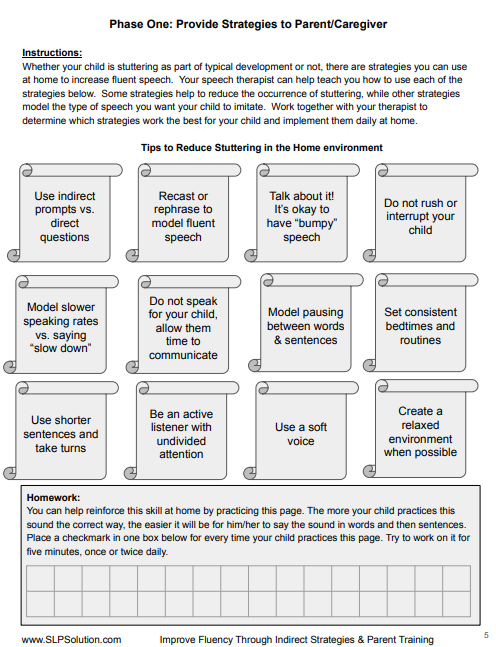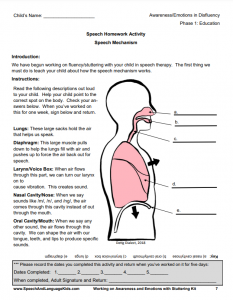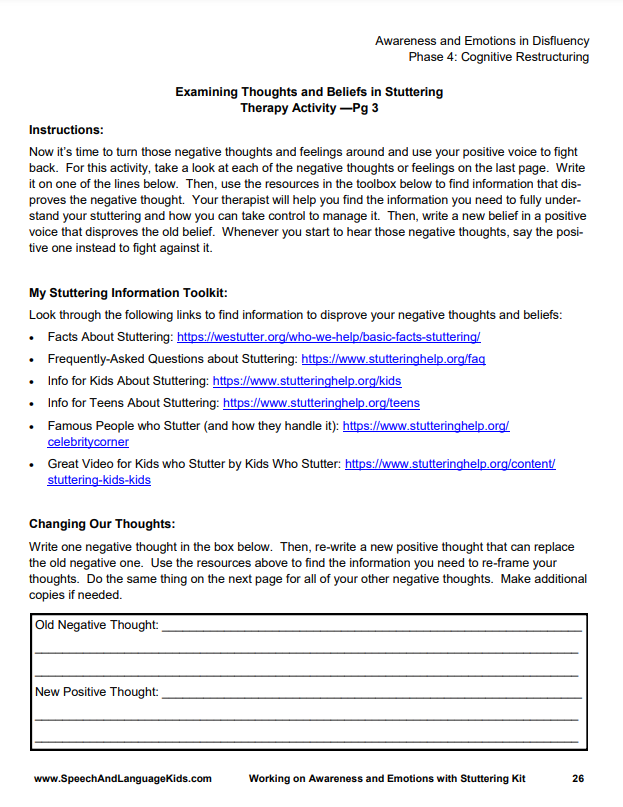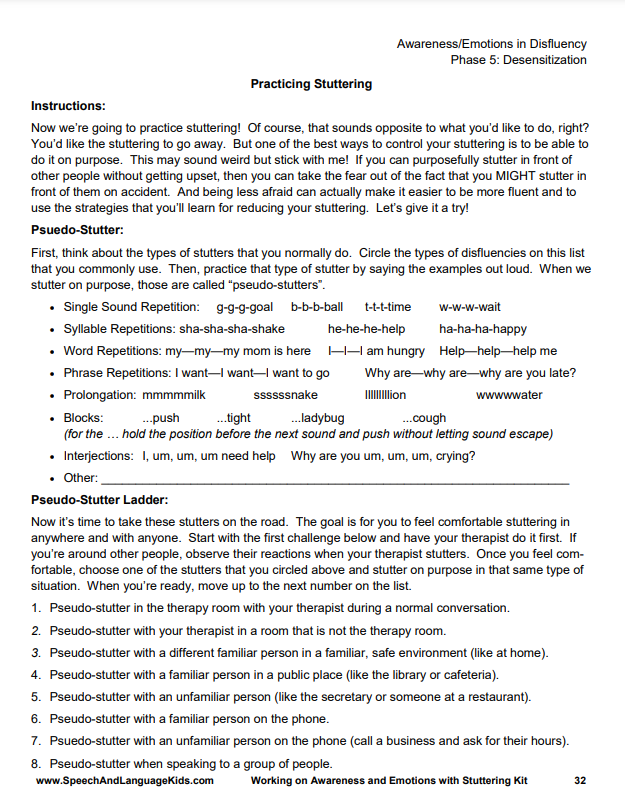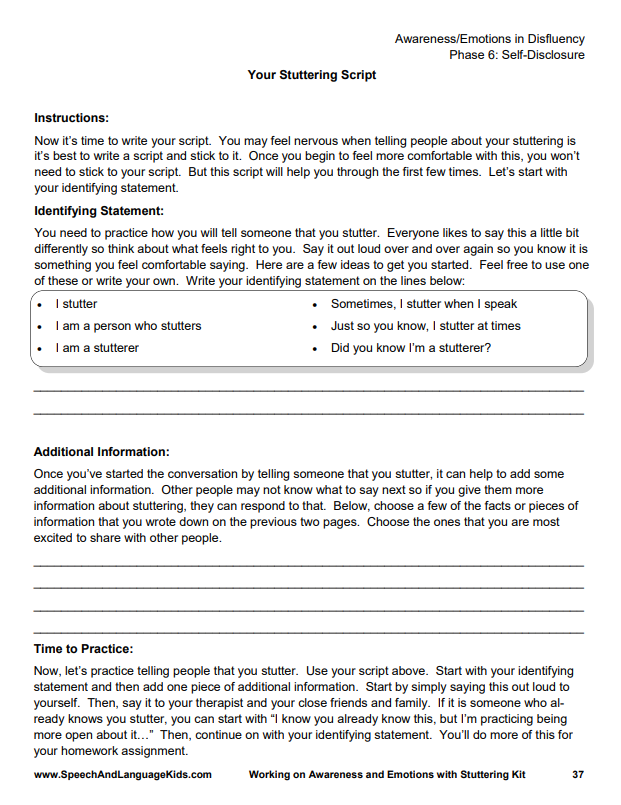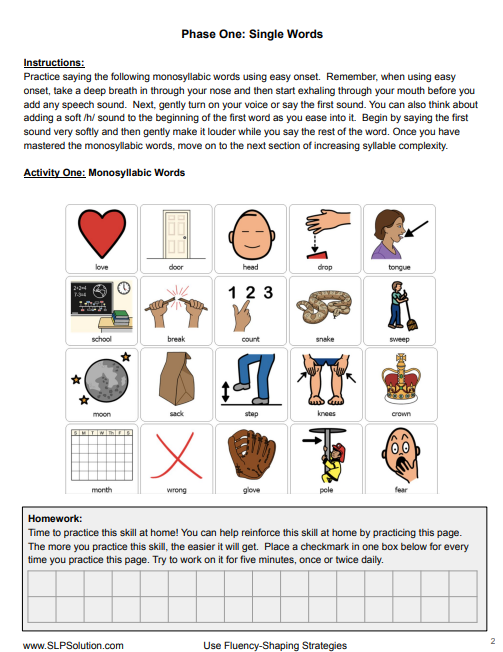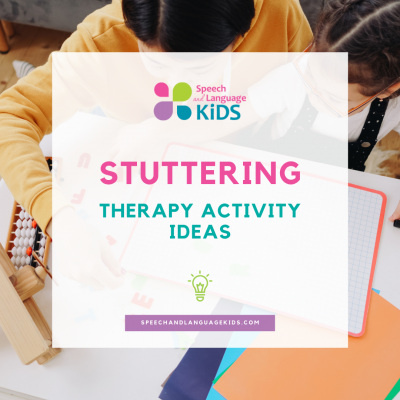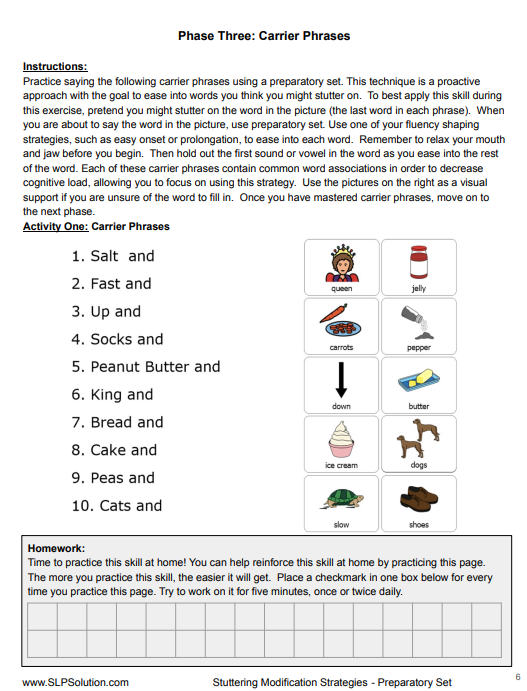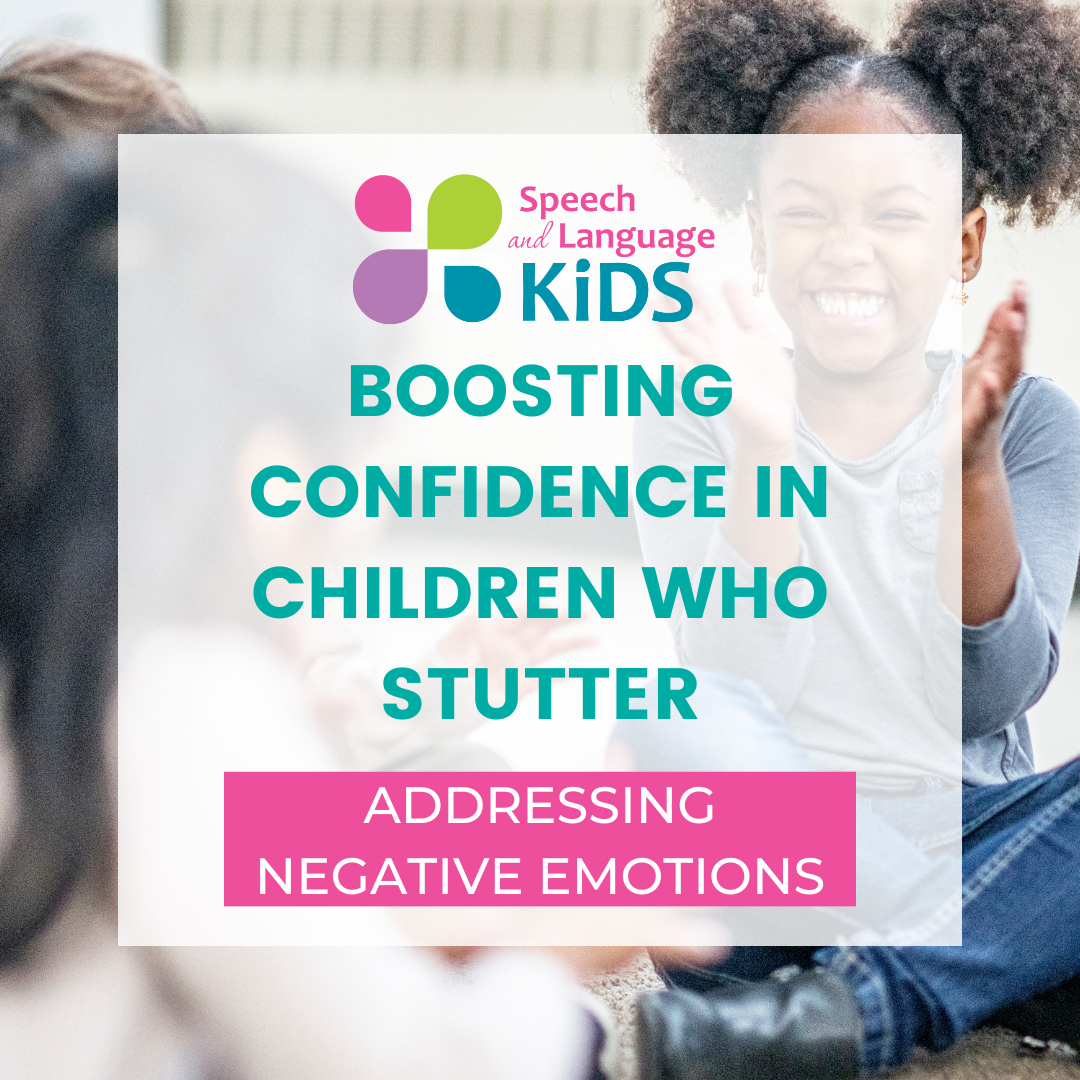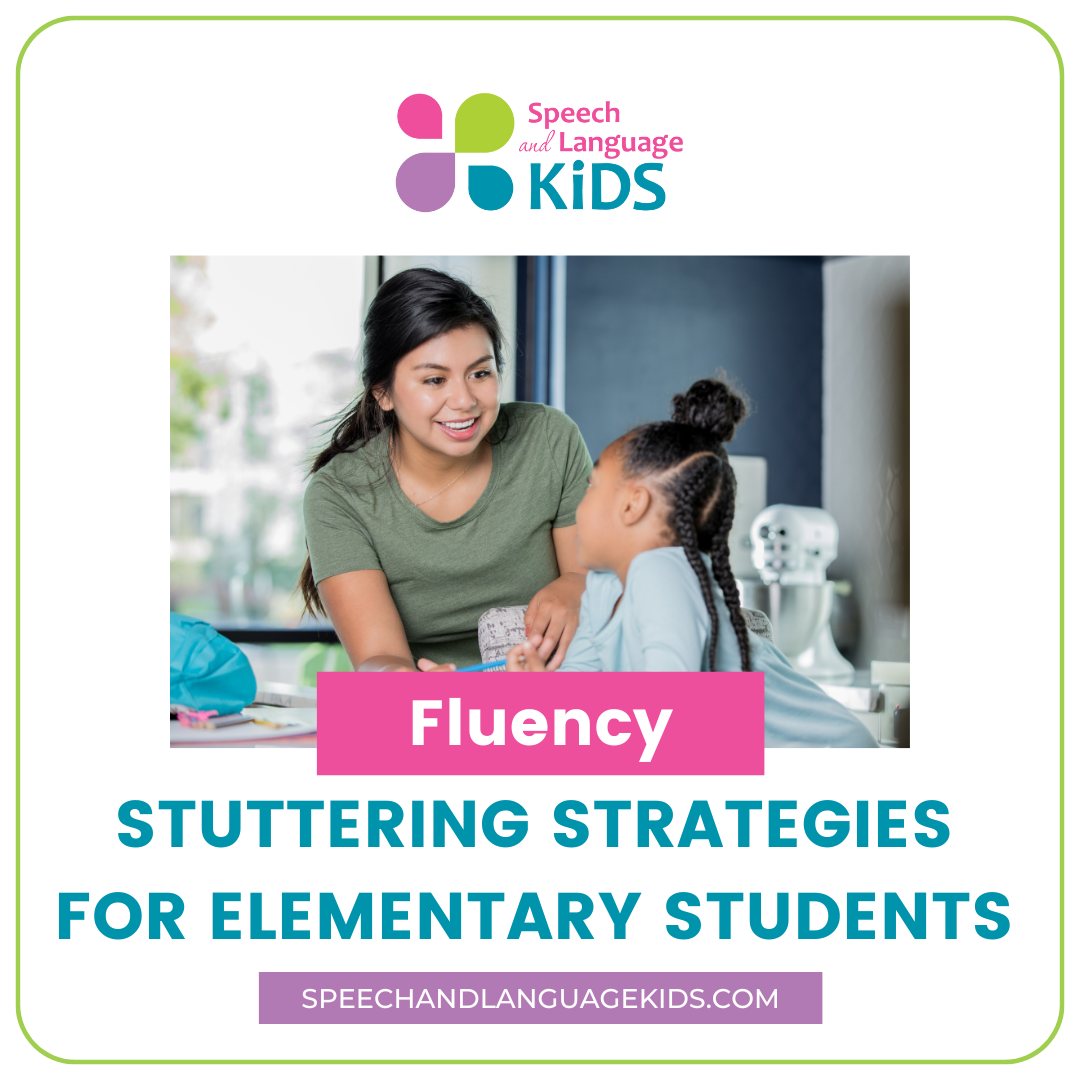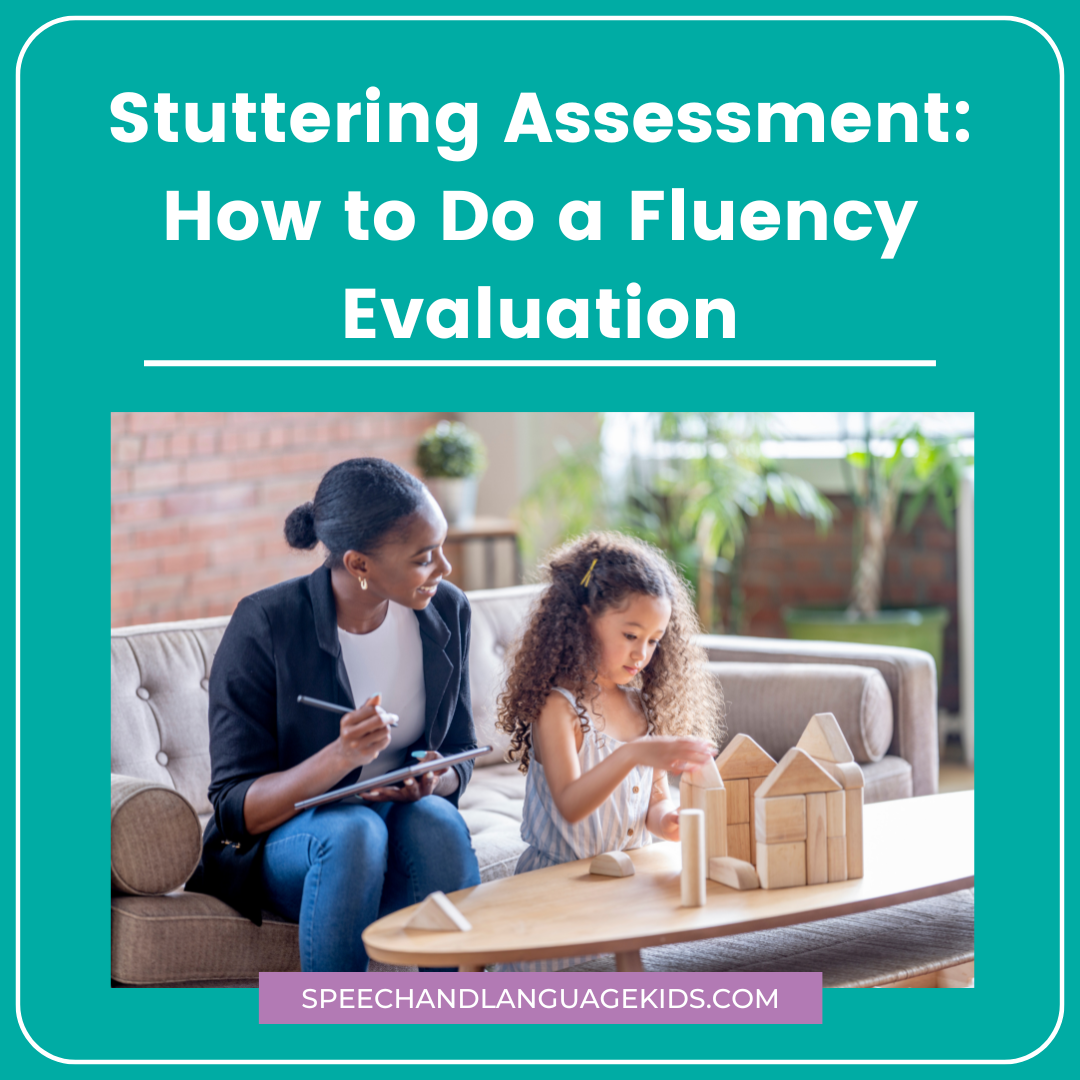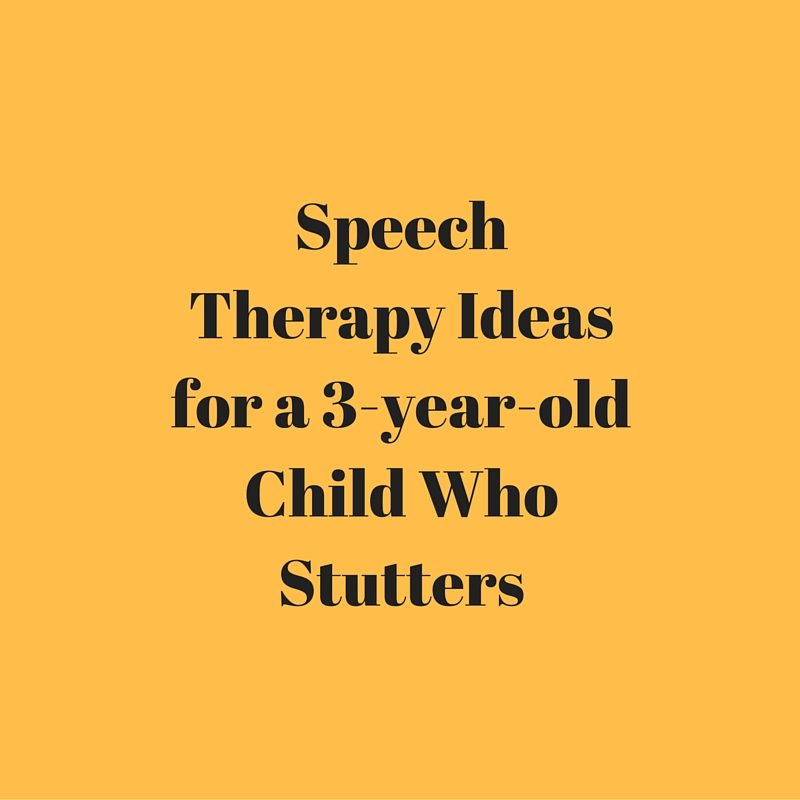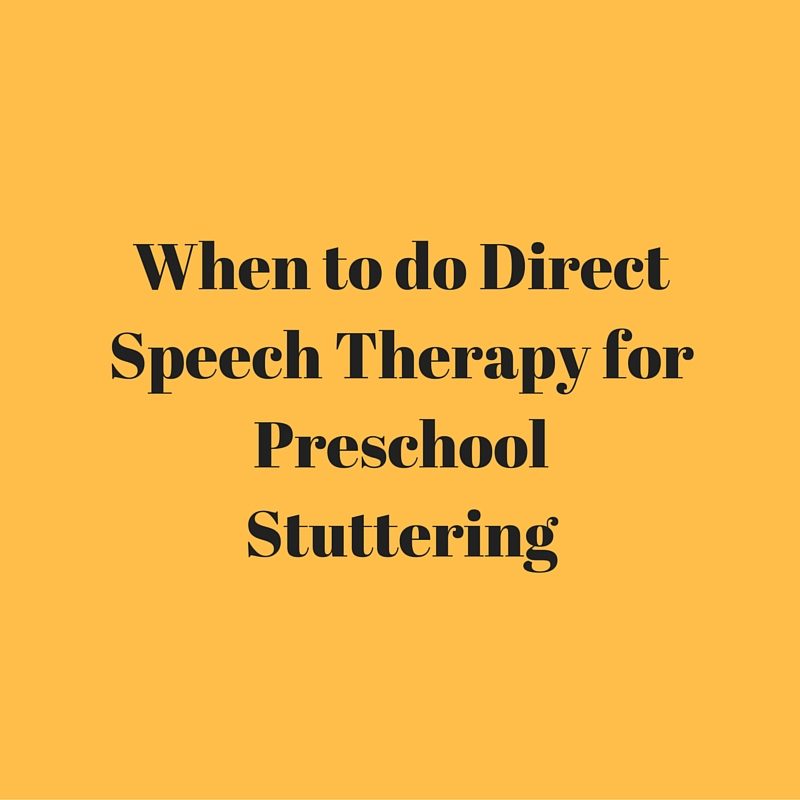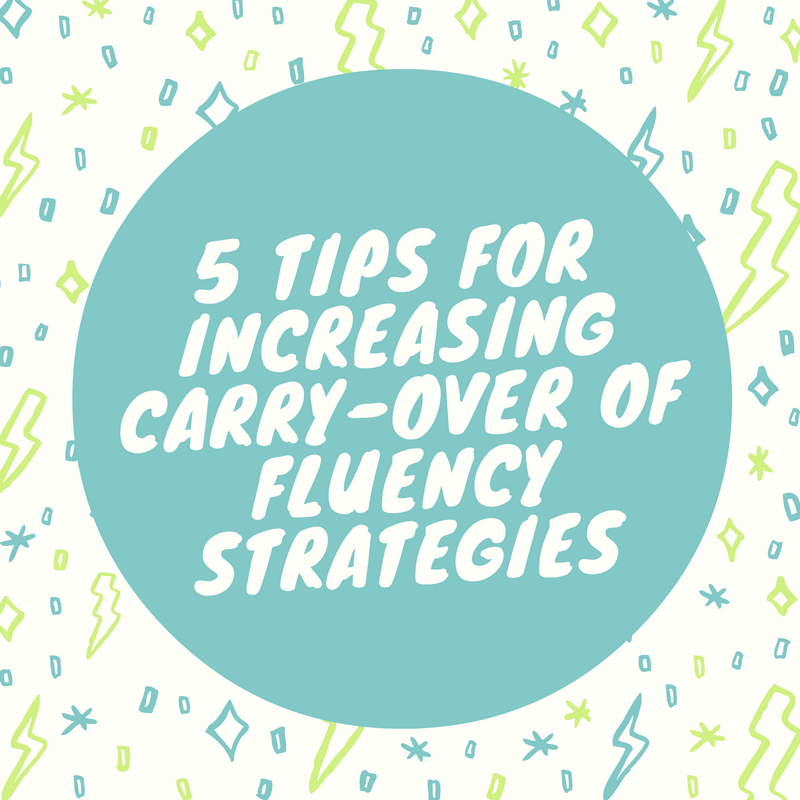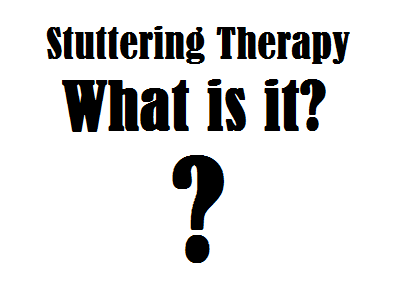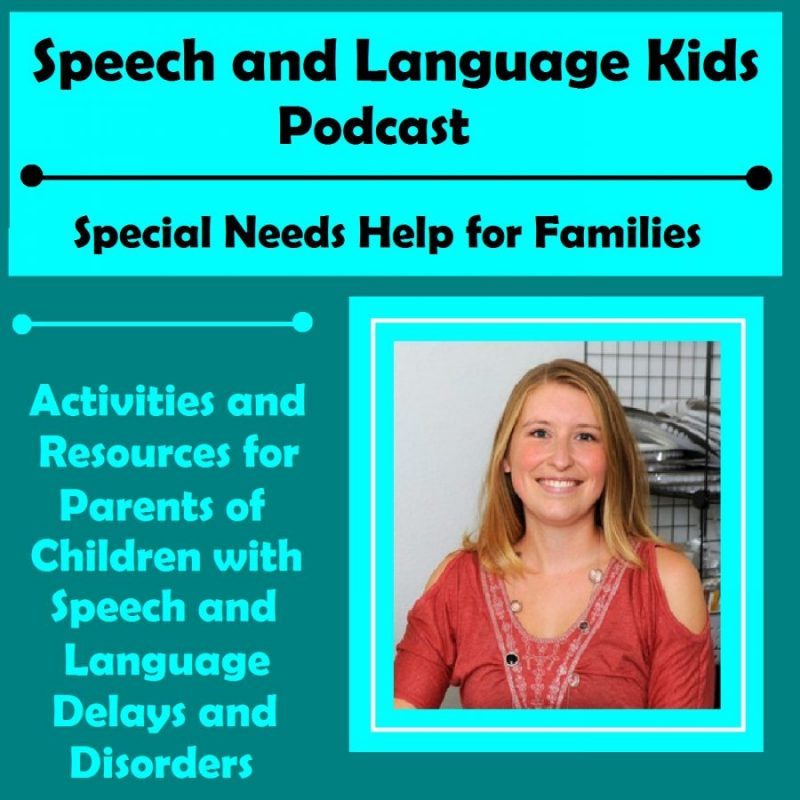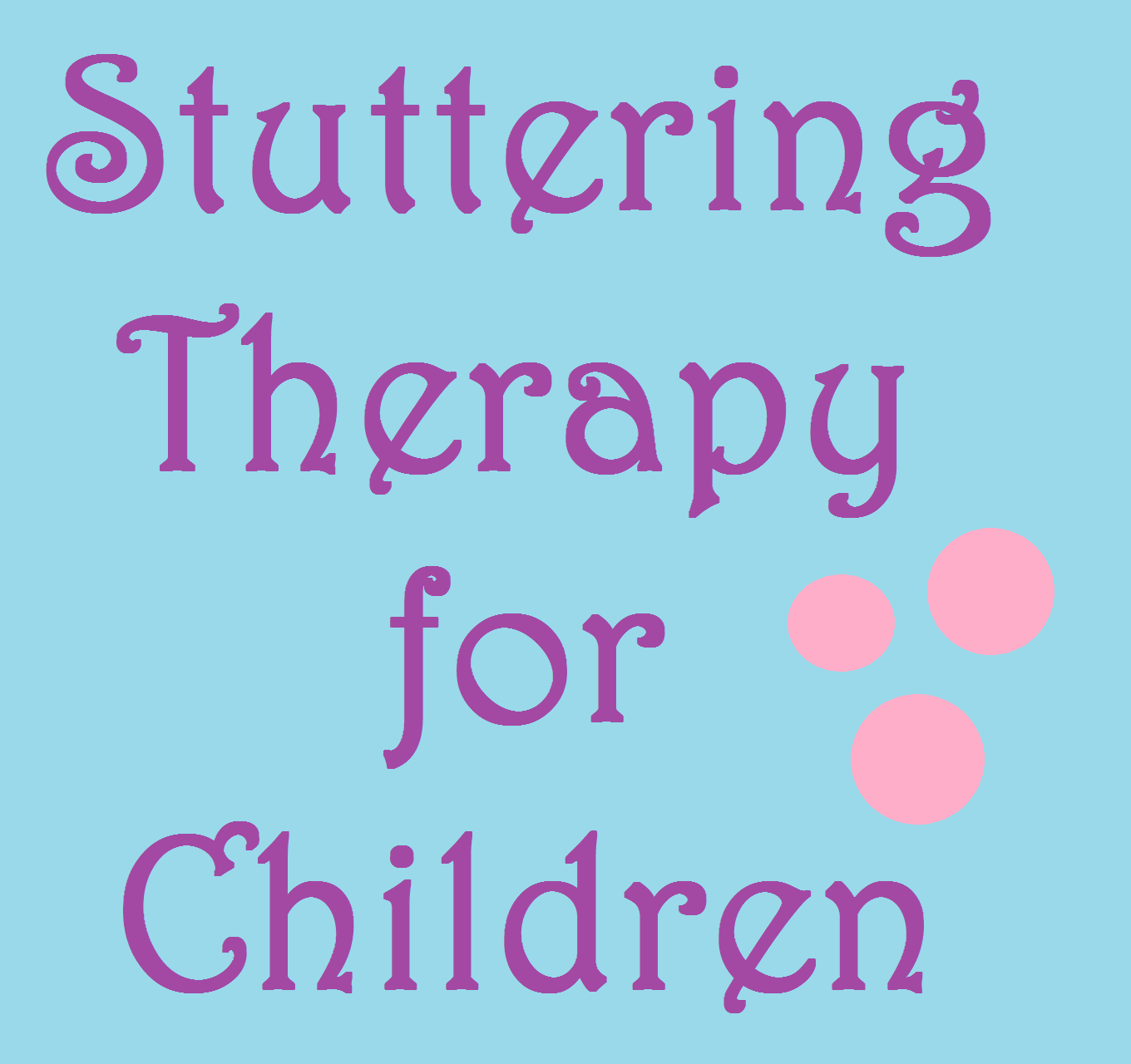Stuttering vs. Cluttering:
Definitions and Speech Therapy for Fluency
What are Stuttering and Cluttering?
Stuttering is a speech and language disorder which is characterized by breaks in the flow of speech. Children who stutter may repeat sounds, parts of words, whole words, or whole phrases. They may also elongate sounds or seem like they are stuck with the sounds unable to get out.
Cluttering is a fluency disorder characterized by a rapid and/or irregular speaking rate, excessive disfluencies, and often other symptoms such as language or phonological errors and attention deficits.
Children who use cluttered speech are often very difficult to understand and have speech that sounds jerky or too fast. They may have irregular pauses or may speed up and slow down without cause during speech. As secondary symptoms, they may have difficulty organizing their thoughts verbally, they may leave many sounds out of words, and they may use irregular pitch or intonation.
Stuttering vs. Cluttering:
How to Tell the Difference
There are several differences between cluttering vs. stuttering that can help you tell the difference. Check out the full resource from The National Stuttering Association here.
- Rate: Cluttering always comes with a fast or irregular rate of speech. That is not always present in stuttering.
- Disfluencies: Stuttering has “stuttering-like disfluencies” (repetitions, prolongations, blocks) whereas cluttering has non-stuttering-like disfluencies (interjections, filler words, phrase repetitions, revisions)
- Articulation Difficulties: Cluttering may sound mushy or slurred. This is usually improved when the speaker slows down. For stuttering, speech sounds are clear (unless they also have a secondary speech sound disorder)
- Prosody: The rhythm and melody of speech sounds normal for stuttering (aside from the disfluencies). But in cluttering, there may be differences in prosody including odd pausing and irregular rate
Types of Disfluencies:
- Whole phrase repetitions: This is when you repeat a phrase of more than one word
- Example: “Where is … where is the ball?”
- Single whole word repetitions: This is when you repeat a single word
- Example: “Where … where is the ball?”
- Interjections: When you do this type of stutter, you add an extra word in that doesn’t need to be there, usually “um”, “uh”, or “like”
- Example: “Where…um is the ball?”
- Revisions: This is when you start to say something but revise it to say something else instead.
- Example: “What … where is the ball?”
- Hesitations: This is when you leave a long pause in your speech while you think about something
- Example: “I’m going to…..look for my marbles”
- Repetition of single sounds
- Example: “sh-sh-shoe”
- Repetitions of syllables
- Example: “ba-ba-ball”
- Prolongation: This is when you stretch or hold a sound out
- Example: “Wh——-re is the ball?”
- Blocks: This is when there is a tense stop in the flow of speech; you open your mouth to speak or get your tongue in the right place but no sound comes out
Speech Therapy for Stuttering:
Speech therapy can help people who stutter. A speech-language pathologist will determine exactly what treatments a person needs after evaluating them. However, the follow four areas are often considered for helping a person who stutters improve their overall communication skills:
- Speech Modification/Fluency-Shaping Strategies
- Stuttering Modification Strategies
- Reducing Negative Reactions
Scroll down for more information on each of these areas.
(Source)
Indirect Therapy for Preschoolers who Stutter
Many preschoolers go through phases of “normal” stuttering. Most of those children will naturally recover from the stuttering on their own without any therapy. However, some will require therapy for their stuttering. The difficult thing is, there is no way to tell if your preschooler will grow out of it or not. We can look at some “red flags” for stuttering that will tell us that a child may be less likely to recover on his own and more likely to require therapy.
Preschoolers at risk for persistent stuttering may benefit from beginning with “indirect therapy” where the stutter itself is not addressed but environmental modifications are used to encourage fluent speech.
Risk Factors for Persistent Stuttering
Here are the “red flags” or warning signs that may indicate that a child is more likely to have persistent stuttering that will require therapy:
- A parent, sibling, or other family member who still stutters
- Stuttering starts after age 3 ½
- Stuttering has been occurring for at least 6 months
- Preschooler is a male
- The child has other speech sound errors or trouble being understood
- The child’s language skills are advanced, delayed, or disordered
Reducing Negative Reactions in Stuttering:
When working with a child with disfluency or stuttering, we often find that these children either lack awareness of their stuttering or have negative emotions that affect their fluency. We can use speech therapy to help a child address awareness and negative emotions that are impacting his/her fluency. You can work on these skills while you are also working on fluency-enhancing and stuttering modification strategies. Or, you can do this before you get to those other strategies or after you’ve already worked for a while. This will depend on what the child you’re working with needs.
Sample Goals for Stuttering:
Feel free to use these sample goals for your clients. Keep in mind that you will need to individualize these goals to each individual child that you work with. Some may make faster or slower progress and some may not be ready for all of these steps. This is the full progression so you can see it though.
Sample Stuttering Goal for Awareness:
By the end of the first trimester, Student will increase his awareness of his disfluency by listing 3 types of disfluency that he regularly uses as well as 3 possible situations or triggers that make his disfluency worse.
Sample Stuttering Goal for Reducing Negative Reactions:
Keep in mind that the goal of this therapy is not to completely eliminate all negative thoughts and emotions from the child. We are all human and that is not a reasonable thing for us to do. Instead, the goal of this therapy is to expose the child to ways to deal with their negative thoughts and emotions so they have the groundwork to continue working on this throughout his life.
Overall Goal: By the end of the IEP cycle, Student will have participated in guided activities from each of the
following four strategies for addressing negative thoughts and feelings related to stuttering: cognitive restructuring, desensitization, self-disclosure, and counseling/support groups.
Benchmarks to Achieve This:
- Student will participate in a guided discussion to identify negative emotions and beliefs that are impacting his/her fluency.
- Student will participate in cognitive restructuring activities by identifying negative thoughts and attitudes about stuttering and restructuring those thoughts into positive ones and speaking the restructured thoughts out loud.
- Student will participate in desensitization activities by pseudo-stuttering in at least 4 different environments (therapy room, at home, classroom, hallway, etc.).
- Student will participate in self-disclosure activities by writing a script for telling someone else that he/she is a person who stutters and saying the script to at least 3 other people.
- Student will participate in at least one counseling or support group activity of his choosing, such as talking to someone else who stutters or speaking with a counselor about specific issues.
No-Prep Therapy Kit for Reducing Negative Reactions:
Would you like the pre-made version of this? Our no-prep therapy kit has everything you need to walk a child through increasing awareness and reducing negative reactions to their stuttering:
Speech Modification/Fluency-Shaping Techniques:
Speech modification (including fluency shaping) strategies (Bothe, 2002; Guitar, 1982, 2013) include a variety of techniques that aim to make changes to the timing and tension of speech production or that alter the timing of pauses between syllables and words. These modifications are used regardless of whether a particular word is expected to be produced fluently. Strategies associated with speech modification include:
- rate control,
- continuous phonation,
- prolonged syllables,
- easy onset,
- light articulatory contact.
Other speech modification strategies, including appropriate use of pausing, are used not only to increase the likelihood of fluent speech production but also to improve overall communication skills (e.g., intelligibility, message clarity, etc.). In addition to being used for improving communication skills, pausing is also an effective method of rate control.
Keep in mind the child may be self-conscious about using these techniques.
Stuttering Modification Techniques:
- Identify where in the speech mechanism physical tension is and release it.
- Traditional stuttering modification strategies include preparatory set, pull-out, and cancellation and require a child to identify a moment of disfluency before, during, or after it occurs, making adjustments to reduce tension and struggle. The specific strategy that is selected will depend on when the client “catches” the disfluency, whether it be following a moment, in the moment, or in anticipation of the moment of disfluency (Van Riper, 1973).
- These strategies, like speech modification strategies, are introduced along a hierarchy of speaking situations that varies both with linguistic demands and with the stressors of the environment.
More Speech Therapy Ideas:
For more information and resources on speech therapy techniques for stuttering, click the image below:
All Stuttering and Cluttering Resources:

About the Author: Carrie Clark, MA CCC-SLP
Hi, I’m Carrie! I’m a speech-language pathologist from Columbia, Missouri, USA. I’ve worked with children and teenagers of all ages in schools, preschools, and even my own private practice. I love digging through the research on speech and language topics and breaking it down into step-by-step plans for my followers.
Fun Fact: I asked my 6-year-old to tell me a fun fact to write on this page. He says I have a great house. Check!
Connect with Me:

